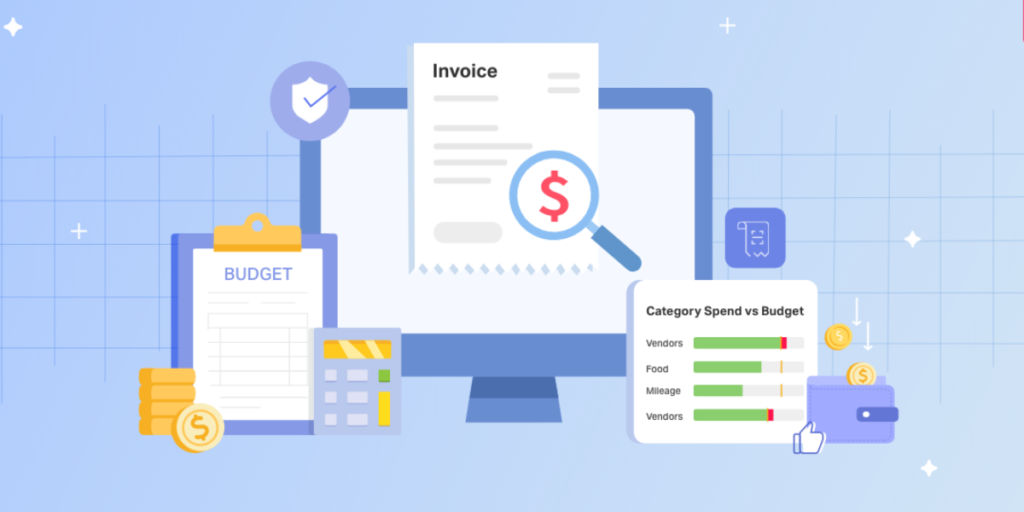The Point: At Zeroing Agency, we strongly understand that pricing strategies play a pivotal role in determining market competitiveness and revenue optimization. Pricing is a fundamental aspect of any business strategy, and as markets evolve, so must pricing strategies. Lattice pricing, a dynamic approach that involves setting different prices for products or services based on customer demand, has emerged as a compelling option for businesses seeking to optimize their revenue and customer experience. In this article, we explore the key aspects of lattice pricing, its benefits and drawbacks, and the factors businesses should consider when determining whether it is worth the cost for their specific circumstances…Enjoy!
ACT FAST
Ignite Your Scaling Journey for the 2nd Half of 2023!
Don’t settle for mediocre performance or missed goals. Seize the moment and make a lasting impact!
As 2023 reaches its mid-point, prioritize your initiatives for success. Overcome hurdles by identifying critical priorities and implementing effective systems for strategy execution.
Do you have a comprehensive 2023 strategic plan and execution tools? DON’T WAIT. Start your scaling journey today and achieve remarkable growth and success!
What is Lattice Pricing
At its core, lattice pricing involves the strategic customization of prices to cater to diverse customer segments and respond to fluctuating market dynamics. Unlike traditional pricing models that set uniform prices for all customers, lattice pricing creates a dynamic pricing structure that adapts to varying levels of demand and customer preferences. By offering multiple price points, businesses can appeal to a broader range of customers and tailor their offerings to meet specific needs.
The Advantages of Lattice Pricing
Embracing a lattice pricing strategy can yield numerous advantages that have the potential to enhance business performance and profitability.
Increased Revenues and Customer Incentives
One of the primary benefits of lattice pricing is its ability to increase revenues. By aligning prices with customer perceived value, businesses can incentivize more purchases and attract price-sensitive customers who may have otherwise refrained from buying. Lattice pricing allows for targeted discounts and promotional offers, enticing customers to make purchases they may have postponed.
Customization and Flexibility
In a diverse and competitive market, customers seek personalized experiences and tailored solutions. Lattice pricing empowers businesses to offer customized pricing options to different customer segments, fostering a stronger sense of connection and loyalty among buyers. The flexibility of lattice pricing allows businesses to adapt swiftly to market changes, aligning pricing with shifts in demand and supply.
Higher Customer Satisfaction and Loyalty
Lattice pricing can significantly impact customer satisfaction by offering transparent and dynamic pricing structures that customers perceive as fair. When customers feel they are getting value for their money and receive personalized pricing, their satisfaction and loyalty increase. Satisfied customers are more likely to become brand advocates, leading to increased word-of-mouth referrals and repeat business.
Competitive Advantage
By adopting a lattice pricing strategy, businesses can gain a competitive edge in their market. The ability to respond quickly to market changes and tailor pricing to different customer segments allows businesses to differentiate themselves from competitors and attract a broader customer base. A competitive advantage in pricing can position a business as an industry leader, increasing market share and brand recognition.
The Challenges of Lattice Pricing
While lattice pricing offers numerous advantages, businesses must also be aware of the challenges associated with its implementation.
Increased Complexity
Implementing and managing lattice pricing can be complex, especially for businesses with a diverse product or service portfolio. The need for sophisticated pricing models and real-time data analysis can strain resources and require investment in pricing software and analytical tools.
Potential Customer Confusion and Perceived Unfairness
The multitude of pricing options under a lattice pricing approach might confuse customers and potentially lead to hesitation in making purchasing decisions. Some customers may perceive certain pricing structures as unfair or discriminatory, which could damage brand reputation and trust.
Pricing Out Certain Buyers
While lattice pricing can attract certain customer segments, it may inadvertently exclude others who do not fit into targeted pricing structures. Pricing out potential customers can limit market reach and revenue opportunities.
Competitive Risks
If competitors do not adopt lattice pricing or employ different pricing strategies, businesses may face challenges in the market. Competitors may use simpler pricing models to attract customers, making it essential for businesses to continually monitor and adapt their pricing strategy to remain competitive.
Making the Decision: Factors to Consider
Deciding whether lattice pricing is the right fit for a business requires careful consideration of various factors.
Business Goals and Objectives
Businesses must align their pricing strategy with their overarching goals and objectives. If increasing customer satisfaction, personalization, and market share are high priorities, lattice pricing may be a viable option.
Resources and Implementation Costs
Implementing a lattice pricing strategy requires financial and technological resources. Businesses must assess whether they have the capacity to handle the complexity of this pricing approach effectively.
Legal Implications
Lattice pricing should comply with applicable laws and regulations, such as those governing pricing transparency and anti-discrimination. It is essential to seek legal counsel to ensure that the pricing strategy is ethically and legally sound.
Ultimately, the success of any pricing strategy, including lattice pricing, lies in striking the right balance between profitability and customer satisfaction. A thorough analysis of the market, customer preferences, and legal considerations is necessary to develop a suitable pricing approach.
SUMMARY
Lattice pricing represents a compelling opportunity for businesses seeking a dynamic and customer-centric pricing strategy. The benefits of increased revenues, customer incentives, customization, flexibility, and competitive advantage can significantly impact business performance. However, businesses must also be aware of the potential challenges, including complexity, customer confusion, perceived unfairness, and competitive risks. Striking the right balance between pricing strategies and customer satisfaction is crucial for long-term success and maximizing value for both the business and its customers. A careful analysis of the market, customer preferences, and legal factors is necessary to develop a suitable pricing approach that aligns with business goals and drives sustainable growth. By embracing the possibilities of lattice pricing while remaining mindful of its complexities, businesses can position themselves for success in a rapidly evolving marketplace.
Sam Palazzolo, Managing Director @ Tip of the Spear Ventures


